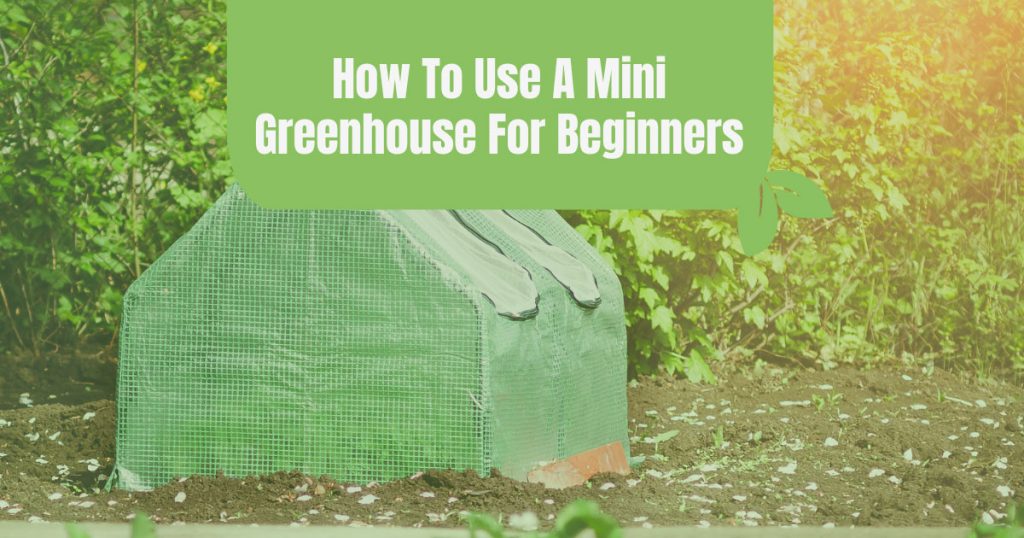
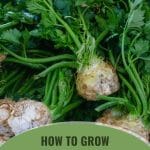








If you’re looking to add a little crunch to your greenhouse lineup, then you’re in the right place! Celery can be a daunting vegetable to grow for even the most experienced growers, due to its long growing season and tendency to bolt in extreme temperatures. But, armed with the right tools and knowledge, anyone can grow celery in a greenhouse.
You may have heard that a greenhouse is a great place to start celery from seed before transplanting to the outdoor garden. Did you know that you can grow celery to harvest in a greenhouse as well? In fact, celery is a great greenhouse crop for the shoulder seasons or even throughout the winter.
With the help of our guide, you’ll be able to grow your own celery that will put store-bought celery to shame in no time!
The health benefits of celery
Celery’s origins stem from the Mediterranean region, where it has been grown for thousands of years. But, unlike many popular vegetables, celery wasn’t originally grown as a source of nutrition. Given that celery is a low-calorie food, perhaps that comes as no surprise.
Instead, celery was cultivated in ancient Rome for its curative properties; it was even thought to be an aphrodisiac. The Greeks and Romans also used celery leaves to weave crowns, but it wasn’t until the 1600s that celery became popular for its culinary uses.
Today, celery is a staple in many cuisines and adds a welcome crunch to dishes such as salads, soups, and stews. It’s also often eaten raw as a crunchy snack, perhaps dipped in ranch dressing.
No matter how you enjoy it, though, celery is low-calorie, high in fiber, and very flavorful – making it a great vegetable to start growing in the greenhouse.

How to choose the right variety of celery to grow
There are three main types of celery to choose from: green or pascal, golden or self-blanching, and celeriac. Within these types, there are specific varieties. Some varieties bring out unique qualities such as color, size, and flavor.
Let’s take a closer look at these three types of celery so you can choose the right type and variety for your greenhouse garden:
Green or pascal
Green celery, also known as Pascal celery, is the most common type of celery, and the one you’re most likely to find in grocery stores. Its green color darkens as it is exposed to sunlight, indicating a higher nutrient density, but also a higher flavor intensity and toughness.
To prevent green celery from getting too dark, gardeners use a technique called blanching, where they cover the stems to block out sunlight. To do this in the greenhouse, you can use paper, cardboard, soil, or mulch.
A subclass of the typical green celery is cutting celery, also known as leaf or chinese celery. While this celery can be grown to maturity, the stalks are generally smaller than the standard varieties with a more concentrated flavor. As a result, you can start harvesting the stalks much earlier for a continuous harvest.
A great variety of green celery to grow in the greenhouse is Tall Utah, which yields a sturdy crop with great flavor.

Golden or self-blanching
In most cases, seeing yellow in your celery patch is a cry for help. With golden celery however, the rich yellow color is exactly what you want. While maintaining a strong, sweet flavor, the lighter color makes the blanching process unnecessary.
Typically planted in individual blocks, self-blanching celery can be the perfect introduction to growing celery, as it tends to have more resilience to changes in temperature.
The Tango Green self-blanching variety is a sweet hybrid celery that can be planted close together for a heartier crop.
Celeriac
Unlike the other two types of celery, celeriac is cultivated for its bulbous stem rather than its shoots. While it’s commonly known as celery root or knob celery, the “knob” is in fact still part of the stem, and not a root.
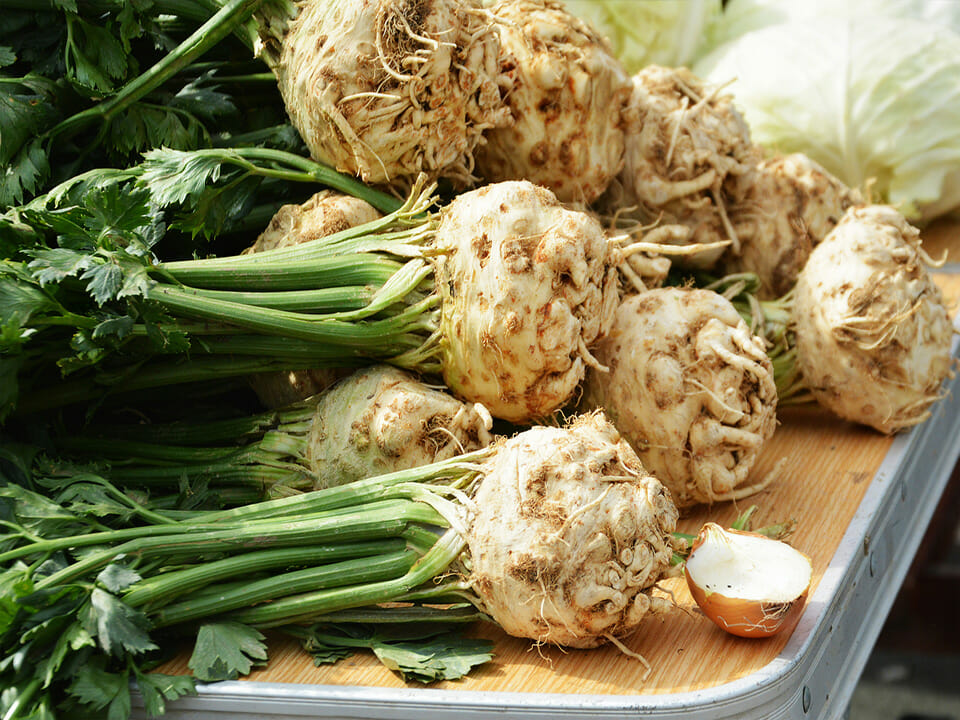
With all the expected flavor of celery stalks concentrated into a bulb, celeriac is commonly used in soups and stews or mashed up into a casserole.
Balena F1 Celeriac is an outstanding hybrid variety of celeriac that has a shorter growing season and can withstand the cold – making it a great option for winter greenhouse growing.
Quick overview of growing celery in a greenhouse
- Type: Cool-season crop
- Time from seed to harvest: 140 days
- Germination temp: 70-75°F
- Time until first emergence: 14-21 days
- Best temp to grow: 60-70°F (can tolerate frost down to 20°F, frost will improve the taste)
- Height: 12-18in
- Spread: 8-12in
- Companions: Beans, leek, onions, cabbages, spinach, tomatoes
- Keep away from: Corn, parsley, cilantro, carrots and other root vegetables
How to plant celery
When growing celery in a greenhouse, there are a few different options to choose from when it comes to planting: direct from seed or buying seedlings. Plus, you can even try regrowing celery from the heart!
The best time to grow celery in the greenhouse is during the spring or fall when temperatures are relatively cool. In mild climates, you can overwinter celery even in a cold greenhouse and simply harvest the stalks as needed.
Planting celery from seed
Celery is a cool weather crop and can take up to 140 days from seed to harvest depending on the variety. The seeds are small and slow to germinate, taking up to 21 days to germinate. The seeds require consistent moisture during this time, so be patient. To speed up germination, you should soak seeds in warm water overnight before planting.
To plant celery seeds, first fill your seed starting trays or pots with a light seed starting soil. Next, gently tamp the soil down. Celery seeds are small so you don’t want them too deep in the soil. Gently sprinkle a few seeds onto the soil mixture.
Important: don’t cover the seeds with soil! Celery seeds require sunlight for germination. Instead, add a layer of vermiculite which will let in light while keeping the seeds moist.
Keep your seed trays moist during germination. For consistent moisture, cover your trays with plastic wrap or another clear cover. With temperatures around 65°F, germination should begin around 7 days but can take up to 3 weeks, so don’t worry if you aren’t seeing anything right away. The best temperature for germination is 70-75°F. Starting the seeds while it’s still warmer (late summer or early fall) can be smart.
While you can try adding seeds directly to your greenhouse garden bed, we don’t recommend this method as the seeds are so small, and the soil is more likely to dry out before the seeds have a chance to germinate.
Transplant the seedlings when they are at least 2-4” tall, planting them 8-10” apart.
Planting celery starts
If you don’t want to start celery from seed, or simply don’t have the patience to wait three weeks for germination, you can grow celery from nursery seedlings. When bringing home celery seedlings from your local nursery, be sure you know which variety you have as each one can require slightly different conditions.
To plant celery starts, dig a shallow ditch in your garden bed and plant the seedlings 8-10” apart.
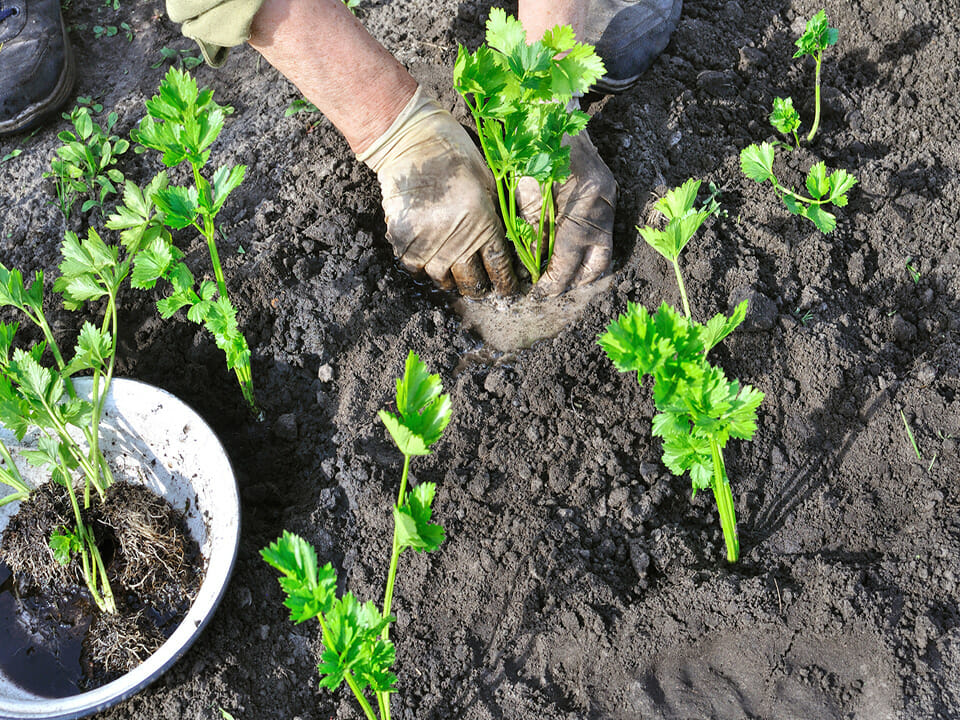
Can you regrow celery from the stalks?
If you’re just looking to experiment or grow only a few plants of celery at a time, you may want to try a fun technique where you regrow celery from the base of the plant!
Regrowing celery from the stalk of a store bought celery is actually quite easy, given you haven’t already composted the heart of the plant. First, cut the stalks about 2-3 inches above the base of the heart, then place your celery heart in shallow water, making sure to change the water daily.
After about 10 days, the leaves of the plant will start to sprout from the top, at which point you can transplant it into a pot or garden bed in your greenhouse and continue to watch it grow. Once it has reached at least 10-12” tall, you can start harvesting individual stalks as needed.
Tips for growing celery in a greenhouse
Celery is a cool weather crop, but it’s picky about extreme temperatures. It’s prone to bolting in cold weather (below 40°F) as well as hot weather (above 75°F)! For this reason, it makes for a great addition to your greenhouse garden, especially in the shoulder seasons when temperatures are cooler.
When growing celery in the greenhouse, pick a spot that remains cool throughout the day and is away from any direct heat source. You can help maintain consistent temperatures in your greenhouse with proper placement of the greenhouse itself, air circulation, and more.
Growing celery in containers vs. raised beds
If you have a small greenhouse, you may be wondering if you can grow celery in pots, and it turns out, you can! Not only does growing celery in pots save space, but it also gives you the opportunity to move the plant around if the temperature gets too hot or cold.
Greenhouse celery usually starts its life in a pot or seed tray and once it sprouts into a seedling you can either transplant it into a raised bed or a container that’s at least 8” wide. While there are advantages to both, you can successfully grow celery either way. Keep in mind, containers tend to dry out quickly so you’ll have to water your celery more often.
If you’re interested in growing celery hydroponically, you’ll be interested to know that it’s possible, albeit tricky, so give it a shot today!
How to care for greenhouse-grown celery
Besides its long growing season and need for consistently cool weather, celery is actually quite easy to grow. To make sure your greenhouse-grown celery thrives, keep these tips in mind:
- Plant celery seedlings in loose soil with enough room on either side.
- Provide celery plants with at least 6-8 hours of sunlight each day (supplement with grow lights if needed during the winter).
- Celery requires constant, even watering. Allow soil to drain between waterings.
- Once seedlings are about 3-4 inches tall, mound soil up around the stalks of trenching varieties to blanch or use sleeves & collars as an alternative.
- Tie the tops of self-blanching celery together to encourage denser growth and aid the natural blanching.
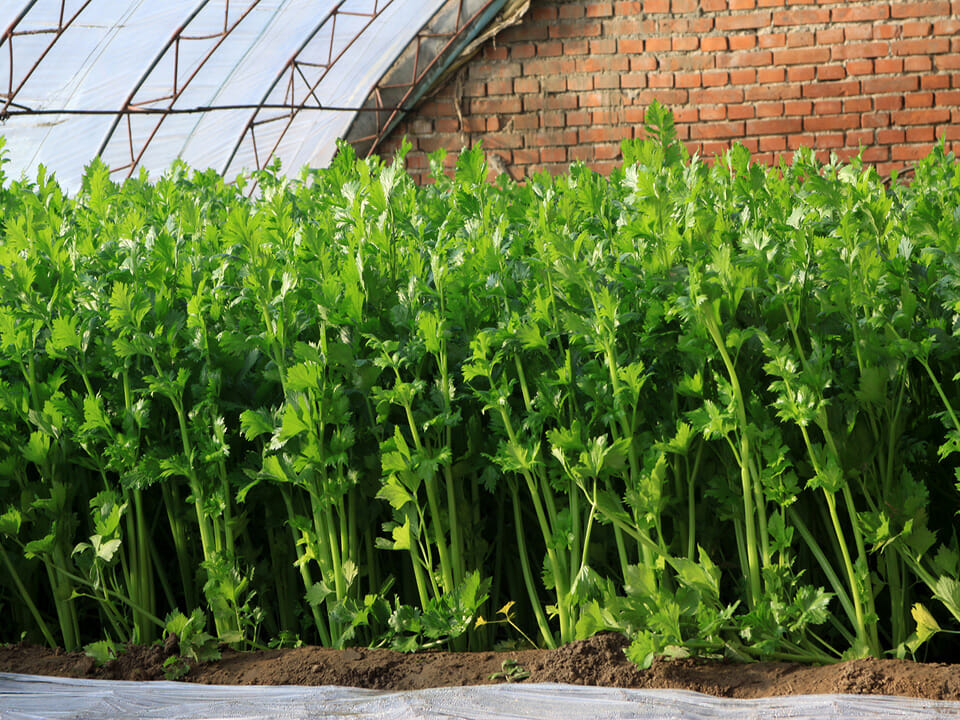
When to harvest celery
Certain varieties of celery can be harvested as early as 8 inches tall using a “cut and come again” technique. With this method, you can harvest the outer stems as needed and leave the inner stems to grow. Not only does this extend the harvest season, but it also encourages the celery to grow.
To harvest the whole plant, as is done commercially, simply cut the celery plant at its base, making sure to include all of the stalks. You can store celery for up to several months in the fridge, but it’s best used fresh.
As a biennial, celery doesn’t flower until its second year unless it bolts prematurely. If you want to harvest celery seed, growing celery in the greenhouse is a great way to allow your plants to live that long!
Common pests & diseases
Growing celery inside of a greenhouse cuts down the risk of wildlife using your garden as an all-you-can-eat buffet, but it doesn’t prevent everything from getting in. There are a few common pests and even plant diseases to keep an eye out for when growing celery in the greenhouse:
Pests
- Aphids can suck the life out of your garden if you’re not careful. Your best option is to use a variety of methods at different stages of infestation: prevent, repel, and remove.
- Whiteflies are the “stealth killers” of garden life. They hide underneath the leaves of your celery and will kill it over time. Effective methods for whitefly control include using a handheld vacuum, applying insecticidal soaps, or releasing beneficial insects.
- Cutworms or caterpillars will feed on both the leaves and stalks of your celery plants. You can get rid of caterpillars in your greenhouse by handpicking or by applying a neem oil solution. You can keep your greenhouse caterpillar-free by combining various preventative and repellant methods.
- Slugs and snails are common in most gardens, and even greenhouses can be susceptible to them given the moist environment. To keep these slimy pests away from your celery, handpick them and drop them in a bucket of soapy water. You can also try creating a natural barrier with diatomaceous earth.
Diseases
- Celery mosaic virus (CeMV) is the most common celery disease and will result in yellow leaves and stalks with stunted growth. The best way to treat this is to prune the offending limbs or plants to prevent spreading.
- While less common, blight in the celery garden will result in light yellow spotting on the leaves and may cause the stems to crack and split. Most commercial fungicides will work against blight, but you can do your best to prevent an infection by maintaining steady greenhouse conditions and providing plenty of air flow.
- Pink rot is especially concerning when it comes to celery because the stalks will start to brown with pink edges, eventually causing the entire plant to collapse. Pink rot is caused by overwatering, so be sure you allow the soil to drain between watering.


















